Life at the seabed: studying bottom-dwelling fish and invertebrates across the polar front
It is said that we humans know more about the surface of the moon than the surface of our planet’s seafloor. If you knew how much we’re missing out! So much life and beauty can be found near the seabed.
In this joint ARCTOS and Nansen Legacy cruise, we want to elucidate which species and how much of them live near or at the surface of the sea bottom and how their diversity changes across the polar front.
The polar front separates Arctic-dominated and Atlantic-dominated waters, forming a short but strong oceanographic gradient in the Barents Sea.
Which lets us ask, are the species living in Atlantic waters different from the ones living in the Arctic waters? Do we see a slow or fast gradient in the species composition across the polar front? What about the size distribution in the different areas, are fish species smaller in the Arctic waters compared to the Atlantic waters?
To answer these questions, we got our hands dirty!
We sampled bottom-dwelling species by doing bottom trawls at seven stations across the polar front. At each station, we identified and counted all the animals caught, which consisted mainly of fish and large benthic invertebrates. We also measured the length and weight of each individual. Identifying the individuals at the species level is not an easy task! And even though we had some identification keys with us, we did not manage to identify all the individuals to the species level. So we also turned out to be good wildlife photographers, in the hope that we’ll get some help identifying these species from some of you who are more experts than us. I mean, look at these weird-looking benthic species? Who are they?


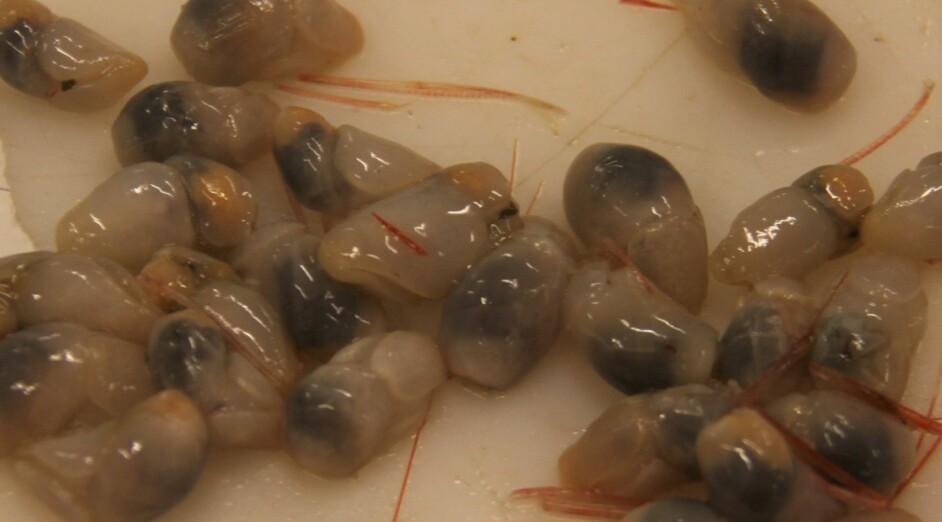
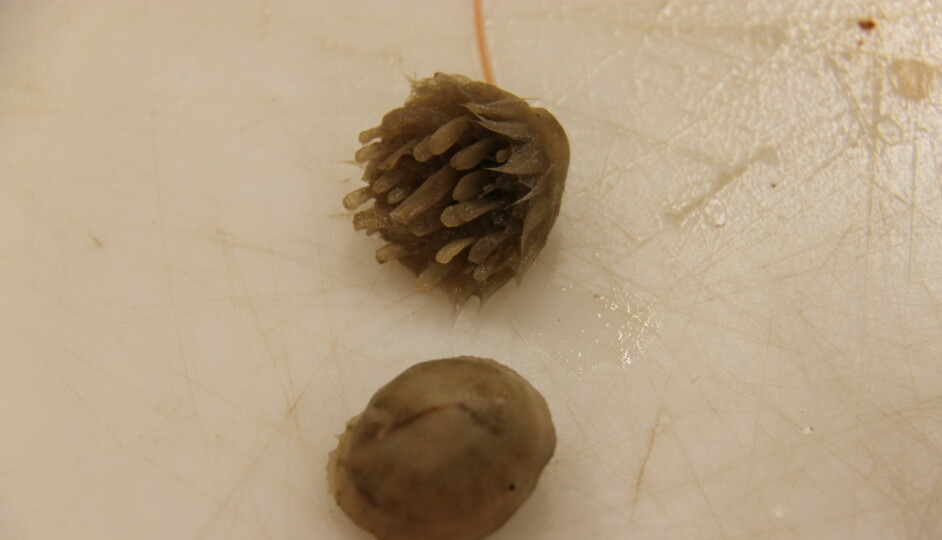
Scientific bottom trawls surveys targeting demersal fish are one of the most widespread recurring biomonitoring activities on Earth. They provide crucial information about the abundance of commercial species and as such are important for setting fishing quotas.
Still, scientific bottom trawl surveys come with costs, both economically and ecologically. Scientific bottom trawls are intrusive and abrasive, they have long-lasting impacts on the seabed and kill many fish and benthic invertebrates.
The technological progress and increased use in ecological monitoring of environmental DNA (eDNA), the DNA that is naturally shed by living organisms and which is present in the water, offers new opportunities to monitor species composition and to survey more continuously the ecosystem state throughout the year in a non-invasive, cost- and effort-efficient way.
In addition, eDNA can detect rare species and early detection of invasive species and is thus a promising tool to identify species that are changing their spatial distribution as a response to global change.
In this cruise, we collected three different types of eDNA samples: 2 litres of bottom water samples at each station, the water dripping from the bottom trawl when lifted on board (trawl slush), and the tissue of some filter-feeder organisms (for example sponges or mussels).
We will analyze these samples using DNA metabarcoding, and we will retrieve a list of species whose DNA was detected in these samples. Later on, we will be able to compare the species list based on the three eDNA samples (bottom water samples, trawl slush, filter-feeder organism) to the species we found in the nets.
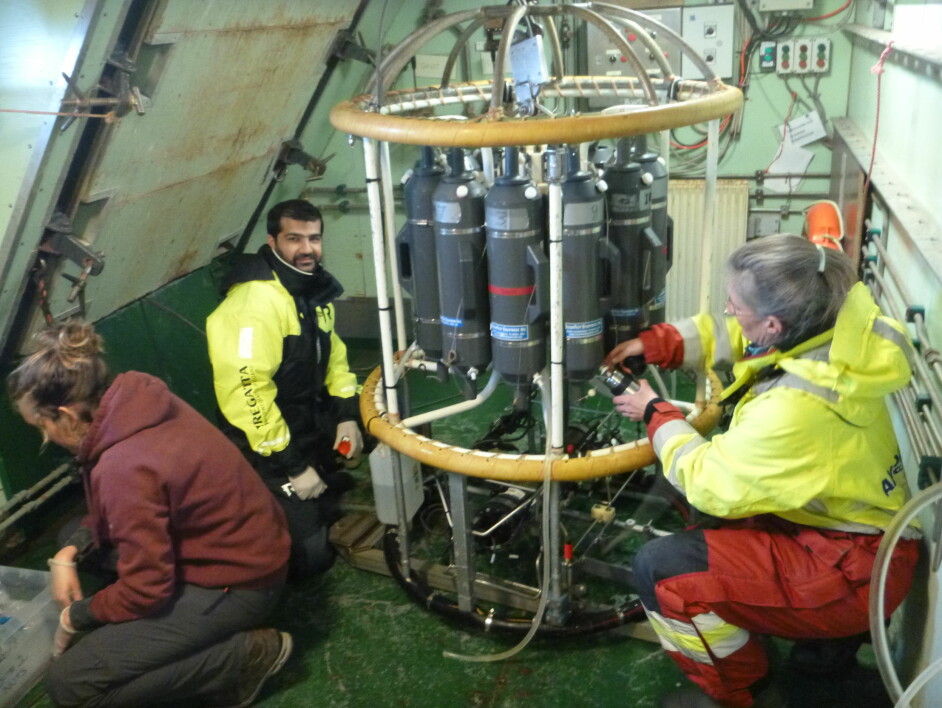
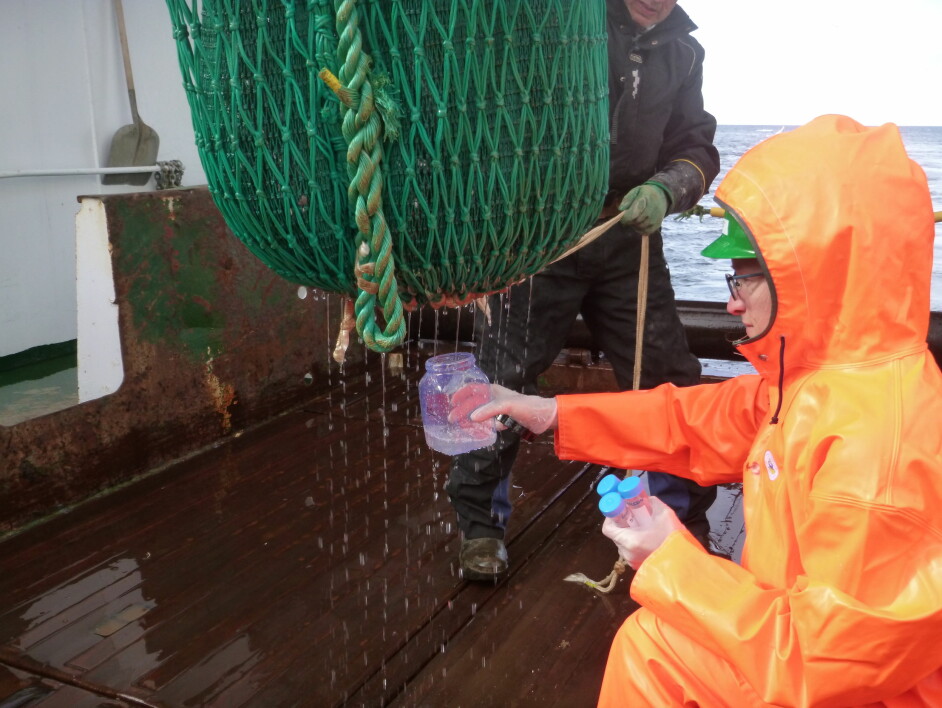
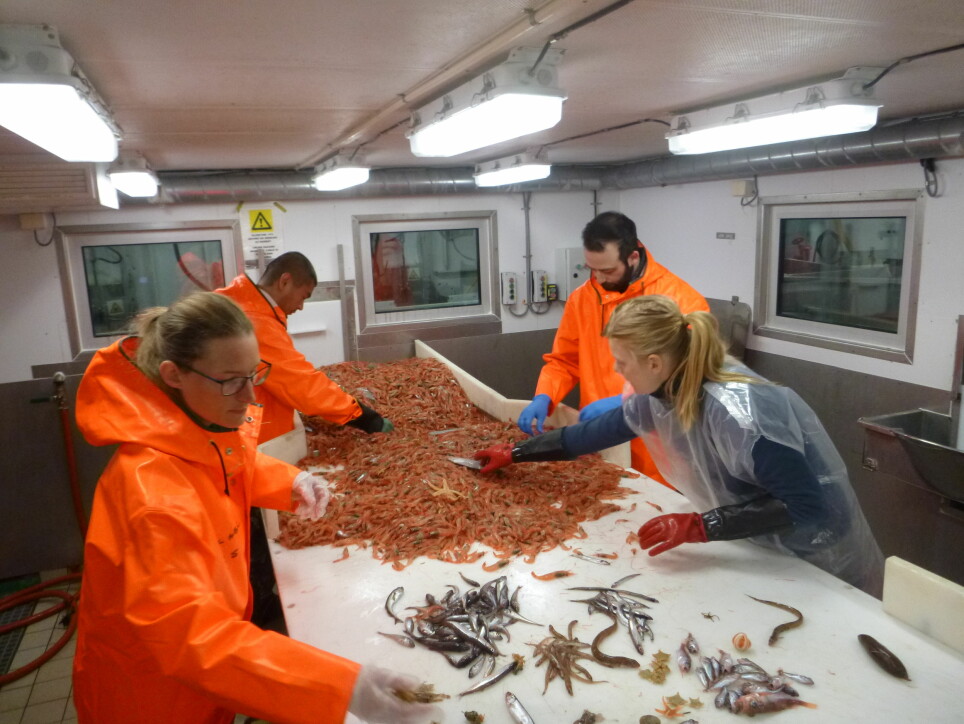
Did we find more fish species in the hauls or the water samples? How different were the species composition based on the different sampling types? Could one type of sample be enough to describe the species present at a certain location or should different types of samples be combined?
All these questions will be answered soon. Now that we are back on land, we are switching our waterproof overalls for lab coats to start analyzing the collected samples, so stay tuned!







